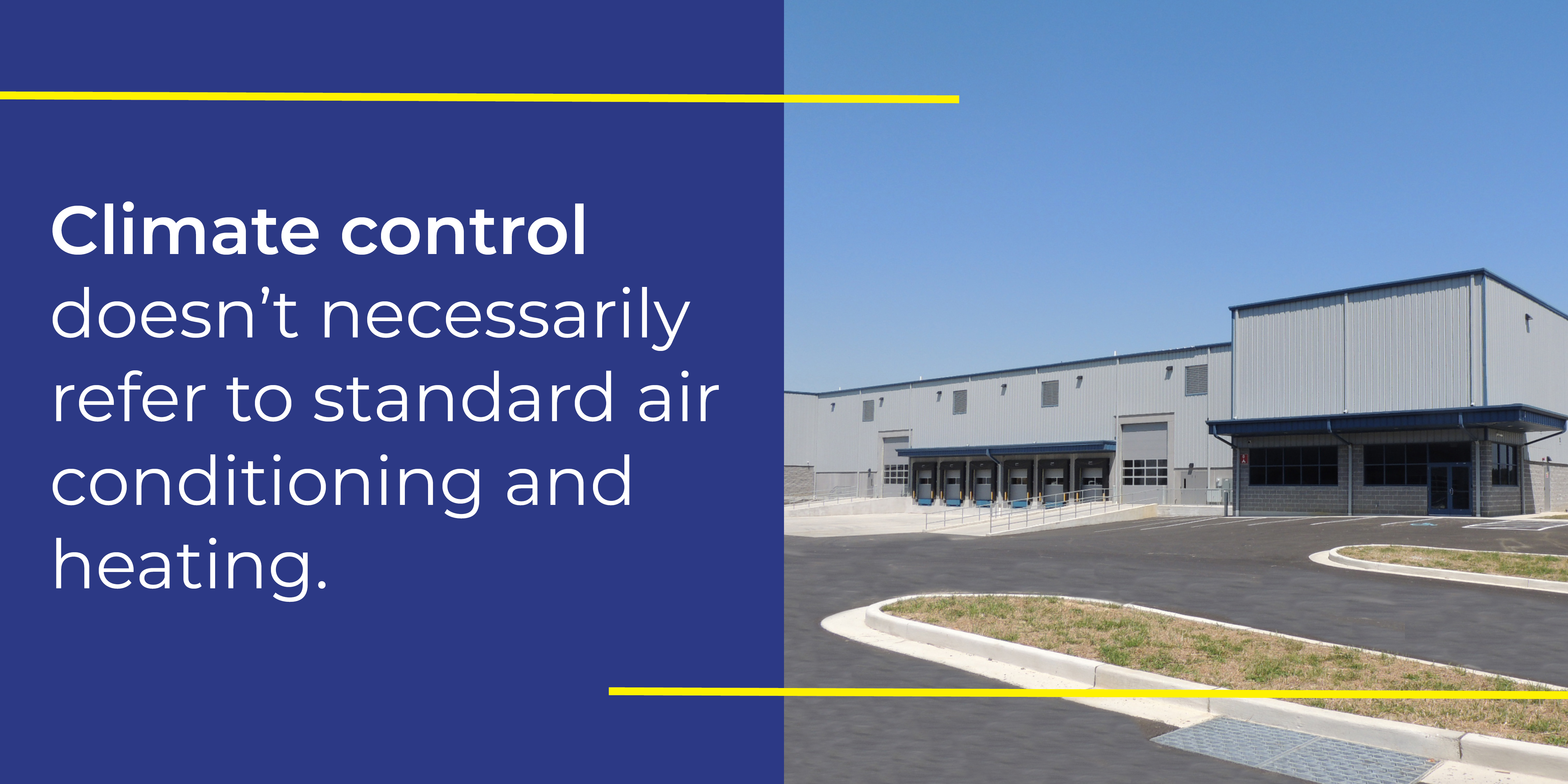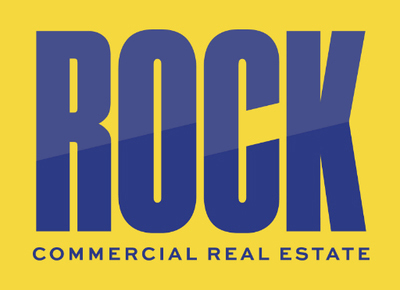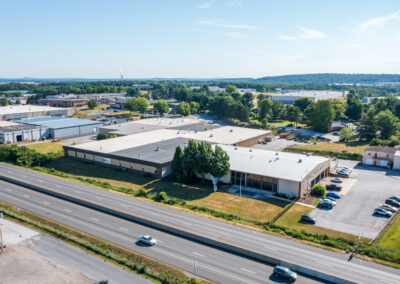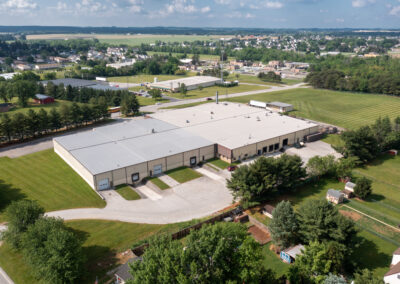by Emily Klingler | 4 min. read
Every industrial property is shaped by its role within the manufacturing distribution supply chain, but the term warehouse is used frequently when describing a wide range of these properties. In basic terms, a warehouse is a space used for storage of raw materials or finished goods. They are designed for versatility and adaptability, allowing them to easily accommodate a variety of business needs.
Thinking of a warehouse conjures an assortment of images ranging from older, brick manufacturing facilities to newer fulfillment centers spanning hundreds of thousands of square feet, but the differences aren’t always clear or straightforward. This blog will break down the main types of warehouses populating urban and rural markets.
MANUFACTURING WAREHOUSES
The supply chain begins with manufacturing, the conversion of raw materials into sellable goods. Space utilization for manufacturing facilities is generally divided between manufacturing assembly space and storage space. Following the advent of lean manufacturing, a production process that aims to increase efficiency and minimize waste, warehouse space utilization is further defined by emphasis on limiting pre-manufacturing space. However, depending on the type of manufacturing operations, the warehouse component can vary widely.
Heavy Manufacturing
These facilities are typically used for “heavy duty” manufacturing such as steel fabrication, machine tool building, chemical production or other large-scale, complex assembly. These warehouses may require reinforced flooring and robust electrical systems to accommodate the machinery and equipment needed for handling materials. Larger spaces may be needed for bulk materials, crane machinery, or even silos for granular or liquid storage. Additionally, there may be a need for outdoor storage of raw materials or products waiting to be shipped. Environmental and safety features including ventilation systems and ductwork, drainage and chemical lines may also be necessary.
Light Manufacturing
As the name implies, light manufacturing is a smaller scale facility typically for producing more consumer-oriented goods that require less resources and technology such as clothes, electronics, toys and furniture. Light manufacturing facilities require smaller, less intensive machinery and equipment so these properties usually require lower ceiling heights and what could be considered more “typical” warehouse space to house outbound palletized products.

DISTRIBUTION WAREHOUSES
The primary function of distribution warehouses is to efficiently sort, store and move inventory based on day-to-day fulfillment demands. Distribution is the bridge that connects manufacturers to retailers or consumers, a link that is especially critical following the rise in e-commerce and its enhancing effect on expedited delivery times.
To be close to consumers and optimize shipping times, distribution warehouses are normally located near metro areas and have easy access to highways and other transportation arteries, ports or railways. Their buildout optimizes storage with wider column spacing and clear heights of 30’ or taller to accommodate the racking, automated cranes and other machinery needed to ship and store inventory.
Traditional Warehouse
These standard warehouses typically receive palleted goods from manufacturers in bulk before they are then distributed to retailers. These warehouses tend to have a limited number of employees relative to the warehouse’s square footage, as products are handled more by equipment such as forklifts.
Fulfillment Center
Fulfillment centers provide last-mile shipping directly to consumers. They typically include more significant packaging processes and are more labor intensive. These buildings have well-designed docking systems and package flow to streamline shipping and receiving processes and reduce any potential bottlenecking from fluctuations in fulfillment demands, shipping delays, and the interaction of multiple forms of material handling between employees and machinery.
Cross-Dock Facilities
Truck terminals and cross-dock facilities immediately receive, sort and ship goods from inbound trucks to outbound carriers, reducing costs and fulfillment times. They are ideal for shipping and receiving high-volume products that are perishable or regularly replenished, and do not require storage or inspection. These warehouses feature anywhere from a dozen to well over a hundred loading docks and require little to no storage capacity.
CLIMATE CONTROLLED WAREHOUSES
Climate control doesn’t necessarily refer to standard air conditioning and heating. Climate-controlled warehouses such as data centers or cold-storage facilities are equipped with environmental control systems that regulate humidity, air quality and temperature required to preserve sensitive or perishable goods and equipment during storage.
Data Centers
Data centers effectively store servers that contain essential computing infrastructure and digital data for IT systems and modern businesses such as databases, networks, and applications. These warehouses are designed to secure, protect and maintain equipment and data integrity. It is typical for data centers to be equipped with intensive HVAC systems to prevent server equipment from overheating, and raised floors accommodate extensive cable management. They also feature fully integrated fire suppression and security systems as well as back-up generators, power subsystems or uninterruptible power supplies to prevent lost or damaged data in the case of a power surge or outage.
Cold Storage
Perishable items like produce are not the only goods that are kept refrigerated or frozen in cold storage warehouses. Other goods such as botanicals, pharmaceuticals, organic materials and some technologies that may be sensitive to temperature also require controlled climates to preserve their quality and shelf life.
These facilities are typically well insulated and custom-built with specialized materials and flooring that can withstand cold temperatures, robust electrical systems and sealed dock doors to maintain temperature control. The environmental control systems within these facilities not only regulate temperatures but also circulate and purify the air throughout the building. This extends shelf life of goods and prevents mold and bacteria growth by removing contaminates and reducing moisture.
IN NEED OF INDUSTRIAL WAREHOUSE SPACE?
Our team at ROCK is equipped with established industry knowledge and insights to help you find the right solution for your industrial real estate needs. Whether you are expanding your business or consolidating operations, contact us today for more information, browse our website for industrial properties to lease or purchase, or visit us at our offices in York and Lancaster.







